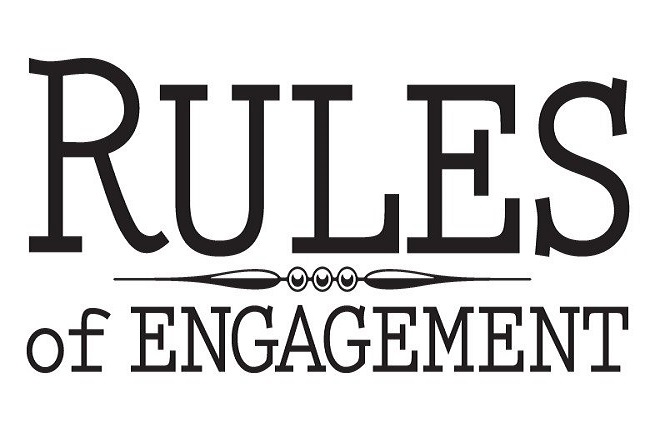Get personal The Rules of Engagement

In extreme cases, I’ve used something called the “Two-Chair Technique.” I don’t know anything better for clearing the clouds on pressing personal or professional storms. One afternoon, one of my VPs was depressed and questioning his value as an employee and human being. “Mark,” I said, “you’re such a hard worker and you do so many things right. This may sound strange, but if you’re willing to have a conversation with yourself and also look at things from a positive perspective, we can try something I learned from my therapist. It helped me bounce back when I was in the frame of mind you’re in.”
Earn trust
People open up if they sense they can trust you. They need to know you care, and that the personal information they’re sharing won’t come back to them from another source. Establishing that trust begins today—right now—through respectful interaction. That way, when an issue does bubble up, an employee will trust that his secret will be safe with you.
Stop, drop, and listen
When an employee needs to talk, stop thinking about business, drop what you’re doing, and give him your full attention. The words of Brad Burley, one of our regional managers, demonstrate why. Brad’s three-year-old daughter had been having earaches and developmental problems that stumped her doctors. Touring the stores one day, I asked Brad how she was doing.
Be humble
Joe’s struggle with his divorce showed that employees respond better to an empathetic leader than to an imperious autocrat looking down his nose at them. Sharing my vulnerabilities with Joe, telling him how therapy helped me deal with divorce, bridged the boss-employee gap and enabled us to forge a deeper connection. Imagine if I had allowed my ego to maintain the distance between us and had simply told him to go see a therapist. I doubt Joe would be lighting up the charts in Iowa today.
Eliminate barriers
Step out from behind your big, imposing, all hail-the-chief desk and sit toe-to-toe with employees as equals. If you have two extra chairs in your office, that’ll do. Or stake out neutral territory—perhaps an empty conference room or cafeteria table.
Get permission
The introduction of personal issues into a workplace discussion requires—unequivocally—the employee’s consent. How to get it? Recap the underlying performance issue, then empathize: “Are there any roadblocks preventing you from doing the great work we both know you’re capable of?” “Are you comfortable sharing whatever’s affecting your performance?” “I’m sensing there’s a deeper issue at work here. How do you feel about discussing it?” My batting average was about .800. Better than .000, which is what you’ll be swinging if you don’t ask how you can help.
Stay objective
If you’ve struggled with a similar issue, don’t assume your fi x is universal or that your recovery timetable is relevant. Sure, your experiences are good points of reference. But recognize that the circumstances and rhythms of your employee’s life created a very different scenario. Proceed with caution. Be patient, and open yourself to her point of view.
Walk the talk
It’s one thing to assure people they can tell you anything; to tell them you’ll respond with understanding; to say you’ll help them work things out and regain their footing. But you cripple your credibility if you respond in a way that puts the lie to your assurances. You can’t be judgmental, you can’t condescend, you can’t trivialize. Breach that trust even once and the gossip gourmets and gourmands in the office will serve it up in the cafeteria for weeks to come.
Be ready with outside resources
Sometimes you have to call in the professional—chemical dependency, anger management, clinical depression, marital strife, physical abuse. The first step is to subscribe to an EAP (employee assistance program), a phone bank staffed by trained counselors.
Last word
Don’t stop there. Compile a list of programs, support groups, and organizations whose mission is to help people who are severely stressed out or consumed by a full-blown crisis. Post the list in the office (on your intranet or bulletin board) and remind people it’s there. Encouraging your staff to consider outside help adds credibility to those options and may blunt their shame. Remember, troubled employees, don’t always know which way to turn. Pointing them in the right direction might be a lifesaver.





